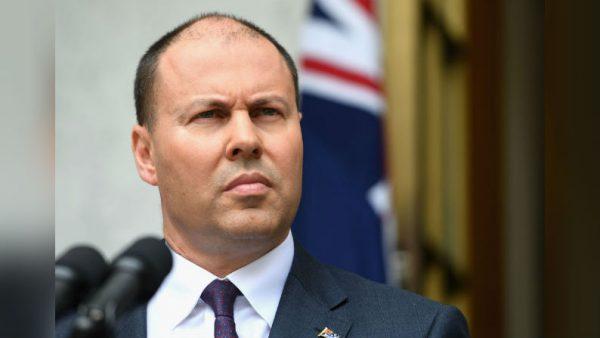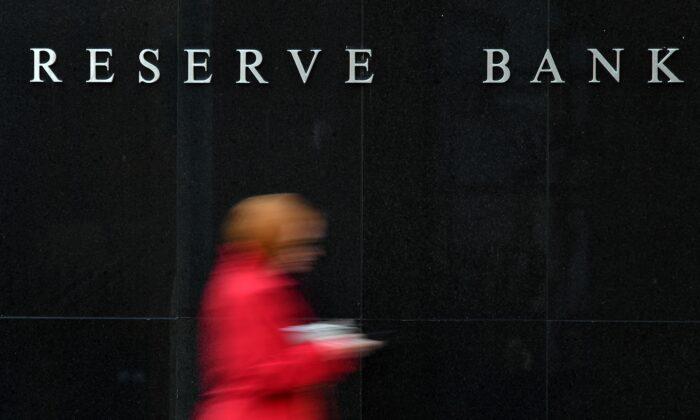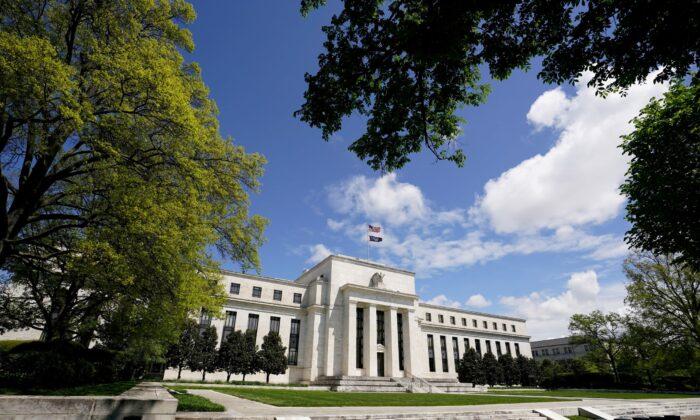Australia’s unprecedented run of almost 30 years without a recession is all but over. The ABS’s release of the national accounts on Wednesday confirmed that Australia’s economy has contracted by 0.3 percent over the March quarter. And with the next release for the June quarter all but certain to be negative, with the economic impacts of the coronavirus restrictions in full effect, Australia will post two negative quarters of growth to be in a “technical recession.”
A recession in generally defined as two consecutive quarters of economic contraction. The last time Australia experienced a recession was in 1991.
Consumption Drags on Economy
The headline numbers hide the overall weakness in the private economy. Household consumption, the largest component of the economy, fell by 1.1 percent over the quarter. This represents the first decline in household consumption since December 2008. The negative consumption number came despite the positive effect of panic buying items such as food, tools, and medicine.This positive effect was more than offset by large declines in consumption of services and discretionary items, which fell by 2.4 and 3.9 percent respectively over the quarter.
In another sign of households spending more cautiously, the household savings rate increased from 3.5 percent to 5.5 percent.
Only the Tip of the Iceberg
This release comes as no surprise to policy makers, but it only presents the tip of the iceberg.With the coronavirus lockdown restrictions occurring primarily in mid to late March, the next release will be more indicative of the economic damage caused by the coronavirus and the government’s restriction measures. In fact, both the RBA and Treasury are forecasting the June quarter numbers to show a 10 percent decline in GDP.
Treasury Josh Frydenberg recognised this when addressing the media after the RBA’s announcement. “The economic impact will be severe. Far more severe than what we have seen today. That’s what Treasury’s advice to me is,” he said from Canberra on June 3.

Economic growth will return as restriction measures are eased. But how quickly the economic damage will be undone is an open question. A lot will depend on how quickly the labour market can recover.
With last month’s labour force numbers revealing an unprecedented number of job losses, getting workers reattached to the workforce presents a large hurdle for the economy.
Even the RBA’s ‘upside’ scenario does not have GDP returning to its pre-lockdown levels, indicating that they believe there will be a permanent loss in output.
When the economy gradually starts to resemble something more normal, policy makers should be turning their focus to making up this lost ground.





Friends Read Free